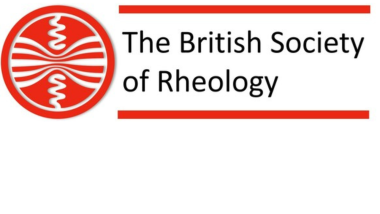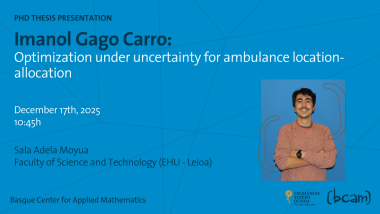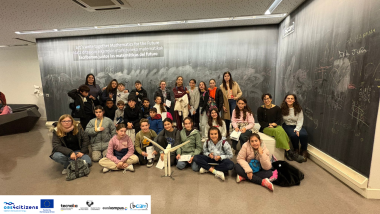The scientists who inspired us (X): Marie Skłodowska Curie
- The aim of this collaboration between the centre and the Provincial Council of Bizkaia is to strengthen the innovation of SME and startups through the transfer of advanced knowledge
On the occasion of her 153th birthday, I would like to introduce Marie Skłodowska Curie to you as one of the most iconic female scientists. Marie Curie is remembered for her discovery of radium and polonium, and her huge contribution to finding treatments for cancer.
Marie Curie was born in Warsaw, Poland in 1867. Daughter of a secondary-school teacher, she received a general education in local schools and some scientific training from her father. In France, she continued her studies at the Sorbonne in Paris, where she obtained Licenciateships in Physics and Mathematical Sciences.
Married to Pierre Curie, a Professor in the School of Physics at Sorbonne, she began researching radioactive substances. Through her work, she has influenced the history of chemistry, physics, but also medicine like no other.
Building on the work of the German physicist Roentgen and the French physicist Becquerel, the Curies announced, in 1898, the discovery of two new chemical elements: polonium and radium. Along with Becquerel, they were awarded the Nobel Prize for Physics in 1903 for their pioneering work in the field of spontaneous radioactivity and radiation phenomena. Curie's research was crucial in the development of X-rays in surgery. During the World War I, she played a vital role in getting 200 X-ray units into field hospitals.
But Marie Curie was more than just an eminent scientist. She was also a remarkable mother. Marie and Pierre had two daughters. Irene and Eve. Pierre died tragically shortly after Ece was born and his premature death left Marie to raise the girls without a father. It's difficult to imagine the everyday life of Marie Curie as a mother. She was by all means driven by her research, yet raised two outstanding children: the eldest daughter Irene was herself a scientist and winner of the Nobel Prize for Chemistry and Eve's interests leaned toward art and writing. She was nominated for a Pulitzer prize for war correspondence.
After the death of Pierre, Marie took over his teaching post, becoming the first woman to teach at the Sorbonne, and devoted herself to continuing the work that they begun together. She received a second Nobel Prize, for Chemistry for the isolation of the element radium, in 1911. This made her the first and only woman to receive the Nobel Prize in two different fields.
Despite her success, Marie continued to face great opposition from male scientists in France, and she never received significant financial benefits from her work. By the late 1920s her health was beginning to deteriorate. She died on 4 July 1934 form leukaemia, caused by exposure to high-energy radiation from her research.
Curie was convinced that every person can influence the course of hsitory: "You cannot hope to build a better world without impoving the individuals. To that end, each of us mist wprl for our own improvement and, at the same time, share a general responsibility for all humanity, our particular duty being to aid thouse to whom we think can be most useful. " With this quote, Marie Curie still inspires us today to want to create and achieve great things. And she is therefore a role model, not only to me, but for all women in Europe and worldwide.
Related news
BCAM pertsonak
Emakumeak zientzian




